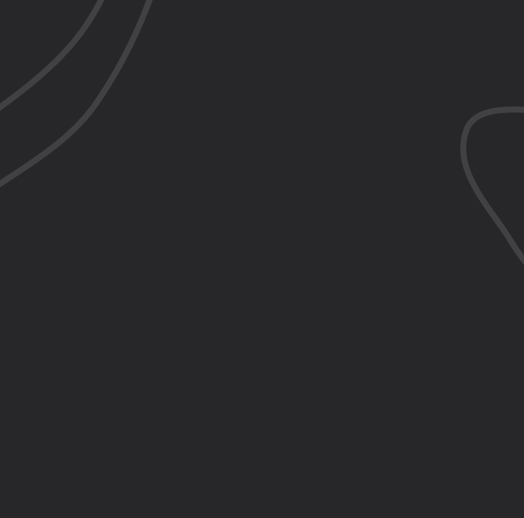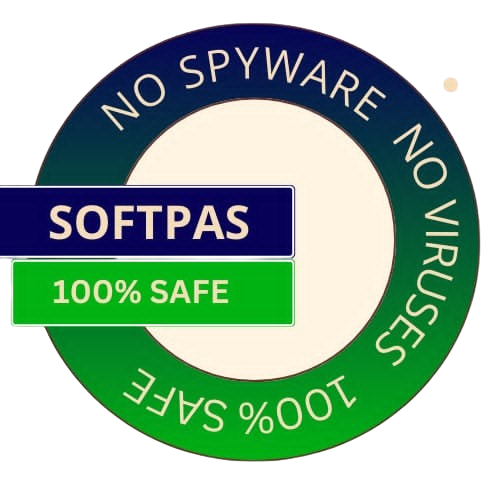
Get the best deals on your favorite games
Just like the human eye, cameras can only focus on objects at a certain distance from the observer. Objects that are in the shot but are further away or closer than the focus distance will appear out of focus. This is visible in any kind of photo, but it is especially problematic for macro/micro and landscape photography.
Because of the very shallow depth of field one has to deal with when focusing on close-up objects, it's often difficult to get more than a part of the subject in focus, while the rest of the image will be a blurry mess. This isn't always an issue, but if you want clarity, it just won't do.
Focus stacking requires you to capture multiple images at different focus distances, essentially trying to get every part of the subject in focus. These are then combined automatically, yielding an image that captures everything in sharp focus.
The source images are combined automatically using one of the selected rendering methods. You can change a couple of parameters and try to figure out which setting works best for your photos.
Once the render is done, you can move on to the Retouching tab. Here, you can use a brush to manually replace areas in the rendered image with patches that are better focused in any of the source photos. You can also add a scale bar, which is useful when lacking reference objects.
While you still have to read up on how to capture photos for focus stacking (or just use the same developer's Helicon Remote app), combining these images is remarkably straightforward. You can still make adjustments if needed, and there are plenty of export options when the job is done.
Go to the Softpas website, press the 'Downloads' button, and pick the app you want to download and install—easy and fast!

SoftPas is your platform for the latest software and technology news, reviews, and guides. Stay up to date with cutting-edge trends in tech and software development.
Subscribe to newsletter
© Copyright 2024, SoftPas, All Rights Reserved.